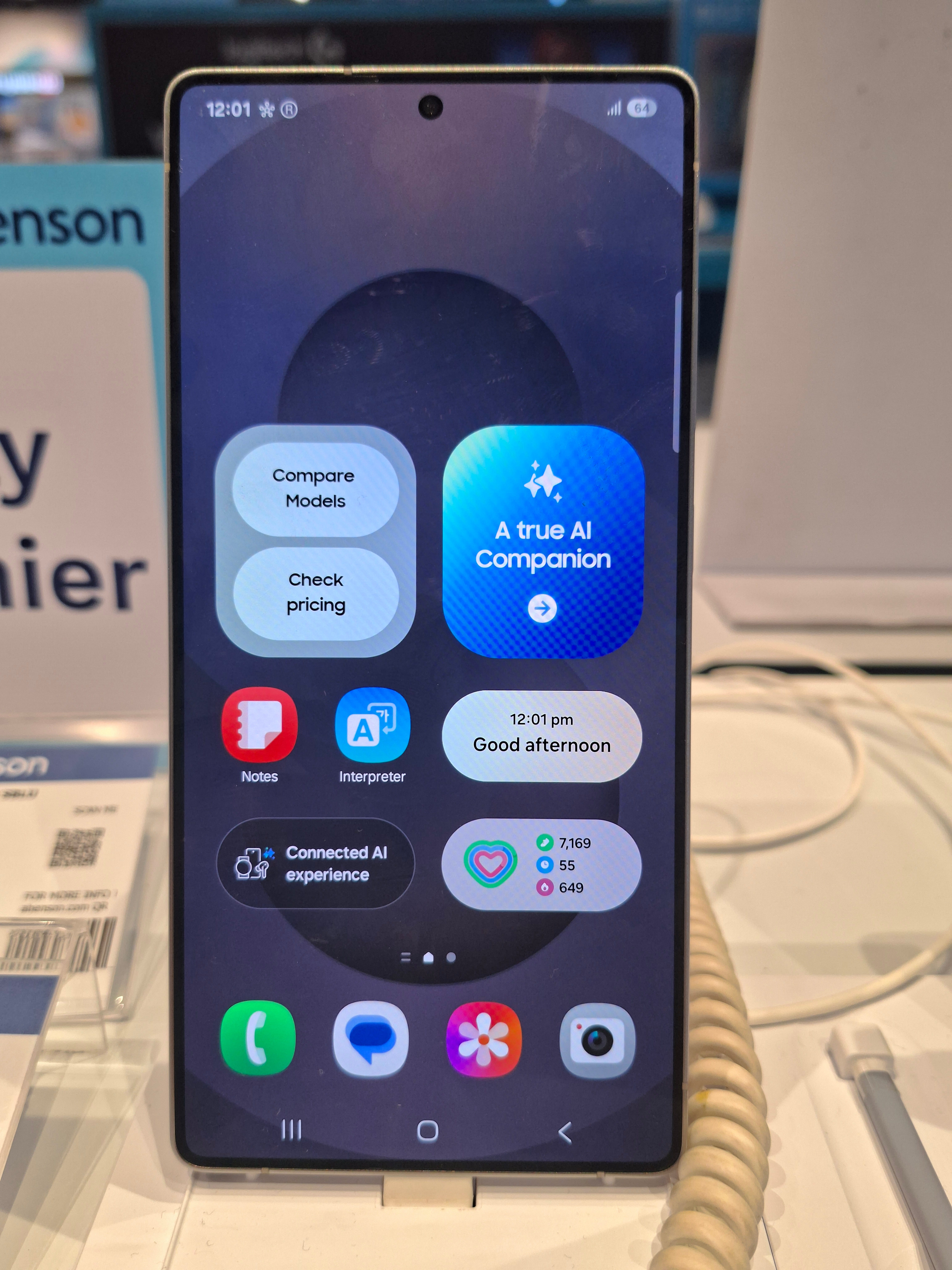Samsung, a global technology behemoth, has mastered the art of marketing its Galaxy phone lineup. Their success isn’t accidental; it’s the result of a meticulously crafted omnichannel marketing strategy that seamlessly integrates online and offline channels to create a cohesive and compelling brand experience. This article delves into the core components of Samsung’s approach, examining how they leverage various platforms to drive engagement, build brand loyalty, and ultimately, convert consumers into Galaxy phone owners.
The Power of a Seamless Brand Experience
The cornerstone of Samsung’s marketing strategy is the creation of a seamless brand experience, regardless of the channel a customer interacts with. This means ensuring consistency in messaging, design, and customer service across all touchpoints. Whether someone is browsing the Samsung website, engaging with a social media ad, visiting a retail store, or attending a product launch event, the brand identity remains consistent and recognizable.
Online Domination: Social Media, Search, and Website Optimization
Samsung understands the critical role of the internet in influencing purchase decisions. Their online strategy is multifaceted, focusing on:
- Social Media Engagement: Samsung maintains a strong presence on major social media platforms like Facebook, Instagram, Twitter (now X), and YouTube. They utilize these channels to share product announcements, behind-the-scenes content, user-generated content, and interactive campaigns. For example, their Instagram account often features stunning photographs taken with Galaxy phones, highlighting the camera’s capabilities. They also actively engage with comments and questions, fostering a sense of community.
- Search Engine Optimization (SEO): Samsung invests heavily in SEO to ensure their products appear prominently in search engine results when potential customers are looking for smartphones. This includes optimizing their website content with relevant keywords, building high-quality backlinks, and ensuring their website is mobile-friendly.
- Website Experience: The Samsung website serves as a central hub for product information, specifications, reviews, and purchase options. The site is designed to be user-friendly and visually appealing, guiding visitors through the product selection process and providing detailed information to help them make informed decisions. They frequently use high-quality images and videos showcasing the features and benefits of each Galaxy phone model.
- Personalized Marketing: Samsung leverages data collected through its online channels to personalize marketing messages. This may involve targeting users with ads based on their browsing history, purchase history, or demographic information. This personalization helps to increase the relevance of their marketing efforts and improve conversion rates.
Offline Engagement: Retail, Events, and Strategic Partnerships
While online marketing is crucial, Samsung recognizes the continued importance of offline channels in building brand awareness and driving sales. Their offline strategy includes:
- Retail Presence: Samsung maintains a strong presence in retail stores, both through dedicated Samsung Experience Stores and partnerships with major electronics retailers. These stores provide consumers with the opportunity to physically interact with Galaxy phones, try out their features, and receive personalized assistance from knowledgeable staff.
- Product Launch Events: Samsung’s product launch events are highly anticipated and widely publicized. These events generate significant media buzz and allow Samsung to showcase its latest innovations to a global audience. They often feature live demonstrations, celebrity appearances, and hands-on experiences for attendees.
- Strategic Partnerships: Samsung collaborates with other brands and organizations to reach new audiences and enhance its brand image. For example, they may partner with mobile carriers to offer exclusive deals on Galaxy phones or collaborate with content creators to produce engaging content featuring their products.
- Experiential Marketing: Samsung frequently employs experiential marketing tactics, creating immersive and engaging experiences for consumers. This might involve setting up pop-up stores in high-traffic areas, sponsoring festivals or events, or creating interactive installations that showcase the capabilities of their Galaxy phones.
Successful Campaigns and Their Impact
Several Samsung campaigns exemplify their effective omnichannel marketing approach:
- #withGalaxy Campaign: This campaign encouraged users to share photos and videos taken with their Galaxy phones on social media, using the hashtag #withGalaxy. This user-generated content served as authentic testimonials and showcased the camera capabilities of Galaxy phones in real-world scenarios. The campaign generated millions of impressions and helped to build brand credibility.
- Unpacked Events: Samsung’s Unpacked events, where they unveil new Galaxy devices, are meticulously planned and executed. They generate significant media coverage and social media buzz, creating anticipation and excitement around new product launches. The events are streamed live online, allowing millions of people around the world to participate.
- Partnership with Fortnite: Samsung partnered with Epic Games to offer exclusive in-game content and skins for Fortnite players who owned a Galaxy phone. This partnership resonated with a younger audience and helped to position Galaxy phones as the gaming smartphone of choice.
Impact on Sales and Brand Loyalty
Samsung’s omnichannel marketing strategy has had a significant impact on sales and brand loyalty. By creating a seamless brand experience and engaging with consumers across multiple channels, Samsung has been able to:
- Increase brand awareness: Samsung’s marketing efforts have helped to increase brand awareness and recognition among target audiences.
- Drive sales: By providing consumers with relevant information and engaging experiences, Samsung has been able to drive sales of its Galaxy phone lineup.
- Build brand loyalty: By fostering a sense of community and providing excellent customer service, Samsung has been able to build brand loyalty among its customers.
Conclusion
Samsung’s success in the competitive smartphone market is a testament to its sophisticated and well-executed omnichannel marketing strategy. By seamlessly integrating online and offline channels, focusing on customer experience, and leveraging data-driven insights, Samsung has created a powerful marketing machine that drives engagement, builds brand loyalty, and ultimately, converts consumers into loyal Galaxy phone users. As the mobile landscape continues to evolve, Samsung’s commitment to innovation in its marketing approach will undoubtedly remain a key factor in its continued success.
 Skip to content
Skip to content

